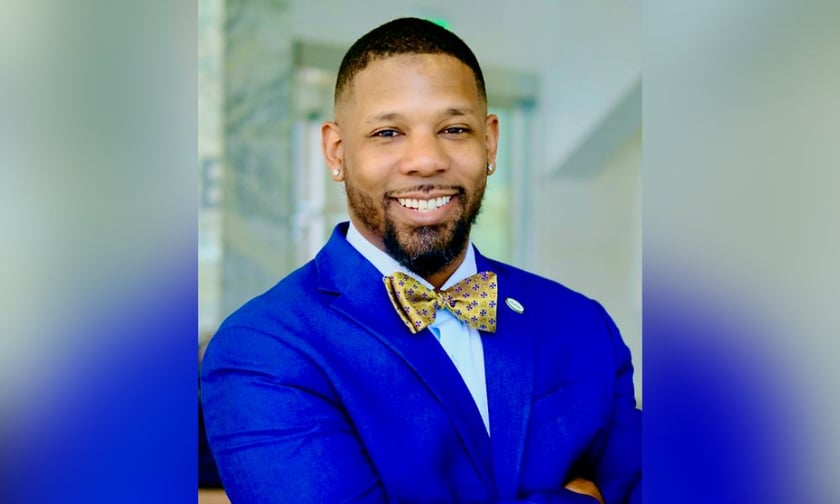

As hybrid models continue to increase in popularity, employers are seemingly reaping their flexible rewards. According to data from Accenture, 83% of employees prefer a hybrid model to an in-office one, with 61% preferring to be fully remote.
But how sustainable is culture in these flex-models? For Omari Aarons-Martin (pictured), executive director and COO of the National African American Insurance Association (NAAIA), hybrid is the way of the future – but it’s not without its challenges.
“Hybrid work has been a major shift, and one of the things that I think a lot about is the social connection and building familiarity among different teams and levels,” he told IB. “That’s been a challenge for maintaining a level of collegiality in the virtual environment - where you’re not running into someone at the shared printer or have an opportunity to sit down and have lunch. And so, that’s actually led to a number of new programs and investing in previous programs in order to create those same environments.”
These initiatives, which foster connections, include business resource groups, coffee hours, and virtual office hours – all as a way to fill that gap and keep people collaborating.
Aarons-Martin will be hosting an exclusive panel at IB’s upcoming Women in Insurance New York, in which he’ll be discussing the trends shaping today’s talent for tomorrow’s success. This talk will touch on:
In this vein, Aarons-Martin cites the power of mentorship in helping build connections – either in-person or virtually.
“The launch of mentorship, coaching and sponsorship programs [has helped] not just in terms of aiding career growth, but also in terms of building connection between colleagues,” he said. “What is your interest? What do you see as your career path? Where do you want to go, and how can I be helpful in you being able to get there? We see that both from a peer level as well as a more senior person and a more junior person within the organizational structure.”
And this top-down mentorship isn’t just good for culture and collaboration, it’s actually key in plugging that prevalent talent gap. According to research from the Chamber of Commerce, over the next 15 years, 50% of the insurance workforce will retire – leaving close to half a million roles open.
“We see workforce aging out retirement after 35, 40 and 45 years within the industry,” Aarons-Martin added. “Some of the people who are there, from a life stage perspective, are very senior leaders in our industry - they’re C-suite senior executives, senior managers in organizations, very high placed individual contributors who have a lot of influence, relationship and political capital in order to help get things done across the industry.”
Another glaring gap comes in the form of race and gender in the sector. While things have begun to improve in terms of statistics, one could argue the status quo simply isn’t moving quick enough. Addressing this talent gap involves a multi-faceted strategy. NAAIA advocates for recruiting top talent from adjacent fields like IT, human resources, and finance, recognizing the value of transferable skills. Additionally, the association emphasizes the importance of intentional invitations to Blacks and African Americans from other sectors.
According to Aarons-Martin, their research indicates that many Black professionals enter the insurance industry through personal invitations, rather than by chance.
“Ensuring we are intentionally inviting African Americans to consider insurance as a career choice is key,” he told IB.
Bridging the generational divide and promoting knowledge transfer are also paramount as the industry evolves. Aarons-Martin reflects on the importance of retaining institutional knowledge, especially as technology continues to streamline processes.
“We must pay attention to why we do things the way we do them,” he stressed, highlighting the necessity of understanding both the historical context and current advancements.
For the Black and African American community, there’s an added layer of complexity due to a longstanding trust gap with financial services. Aarons-Martin noted that overcoming this mistrust requires more representation within the industry to help tell a new, more positive story.
“We need more of us in the industry to talk about what is and what can be,” he told IB.
Want to supercharge your career while networking with industry leaders? Register for our Women in Insurance Summit 2024 here.
